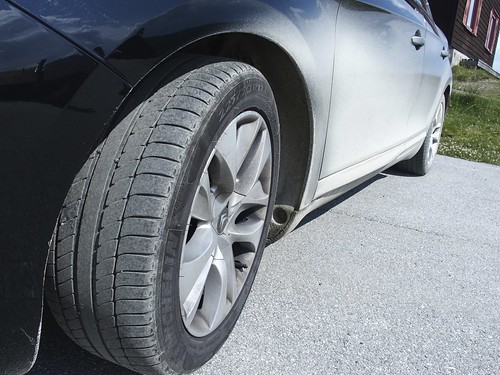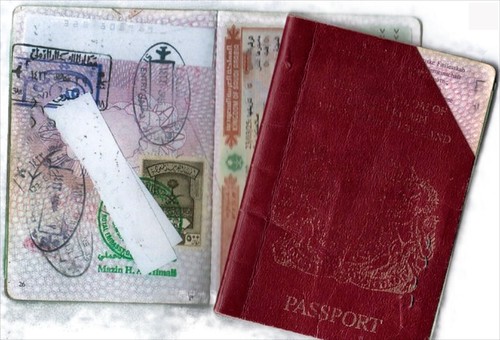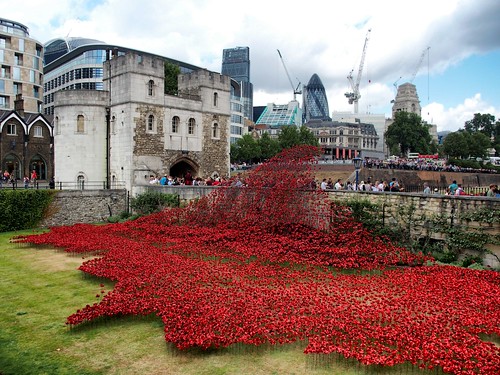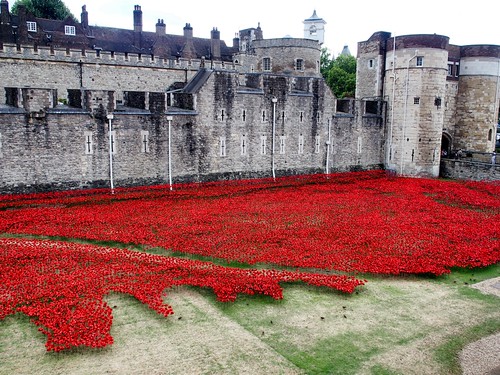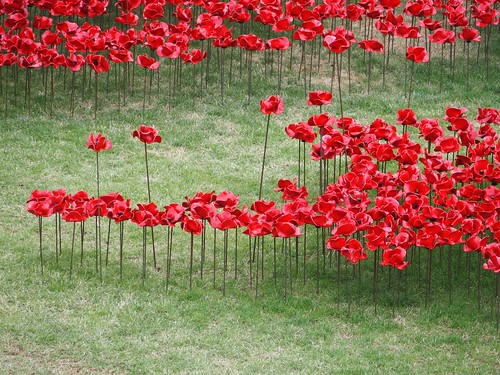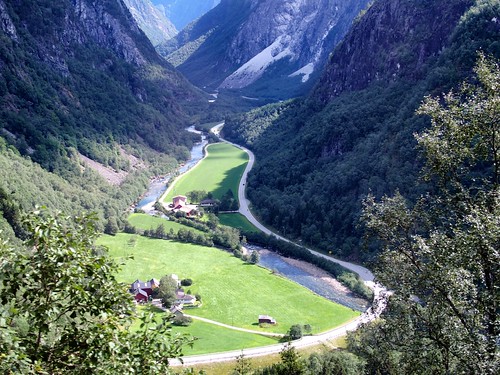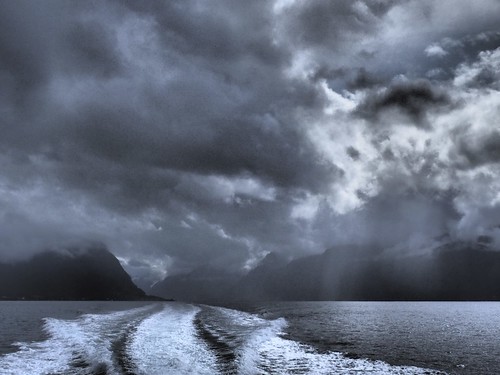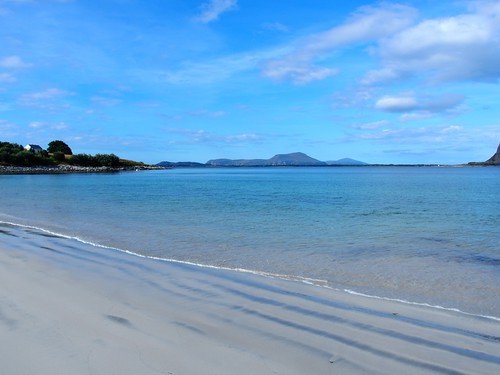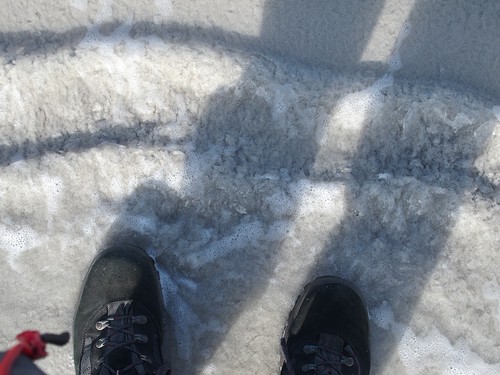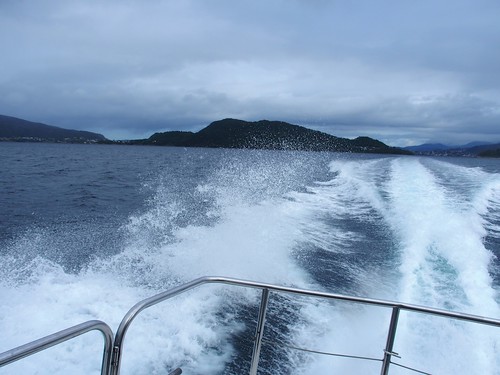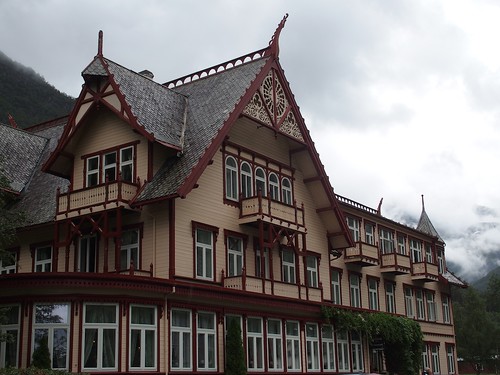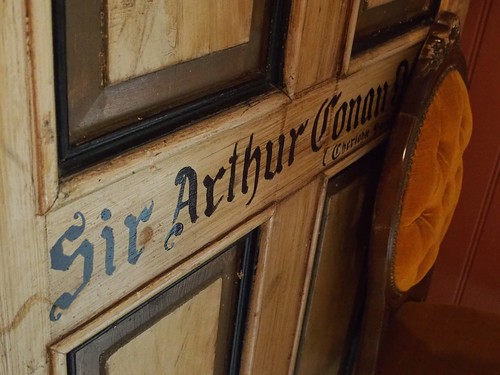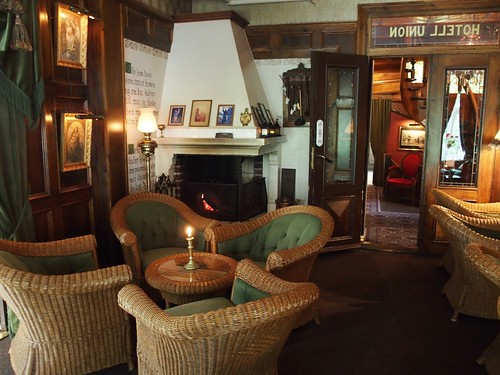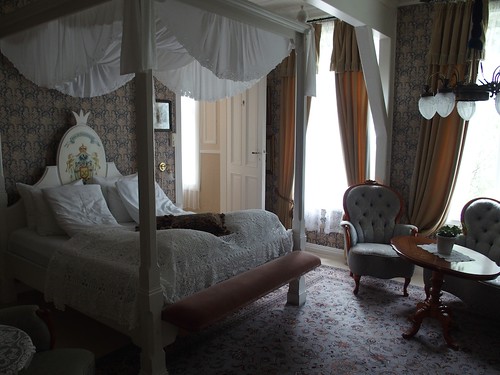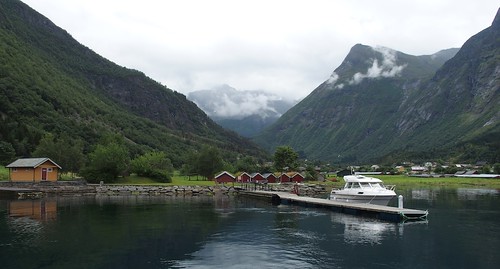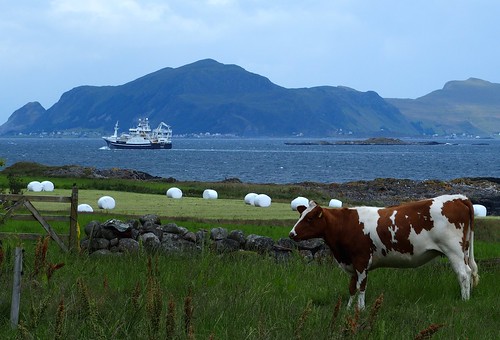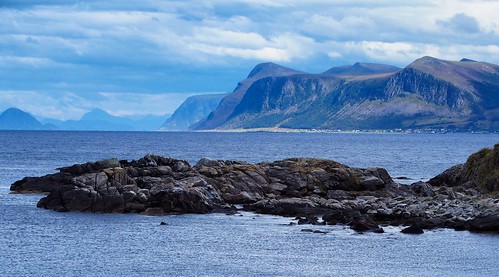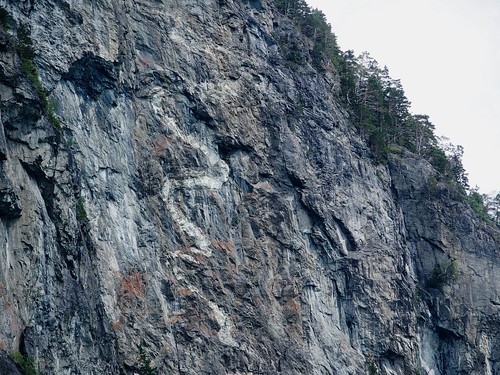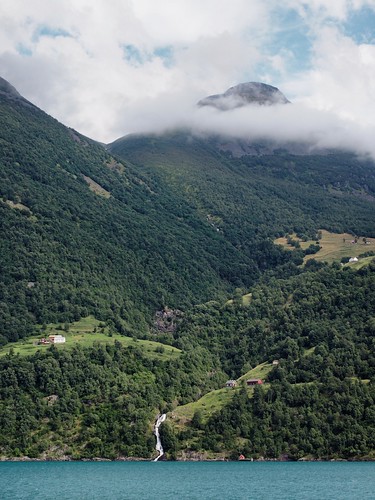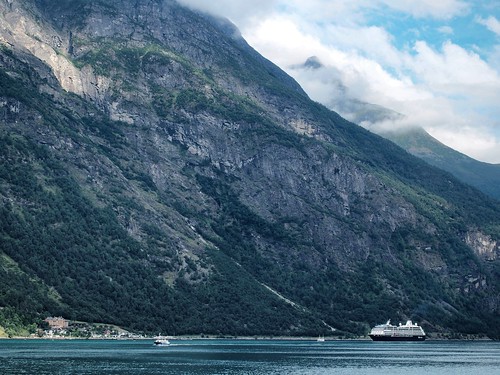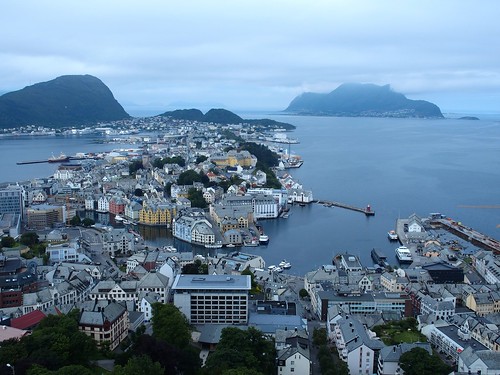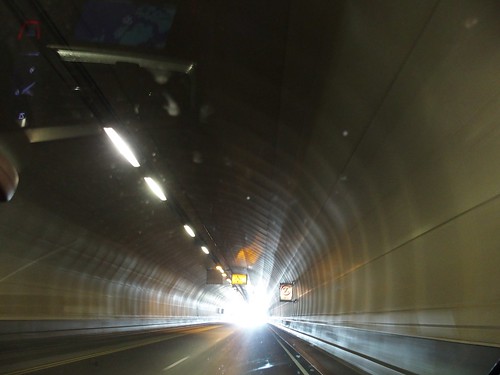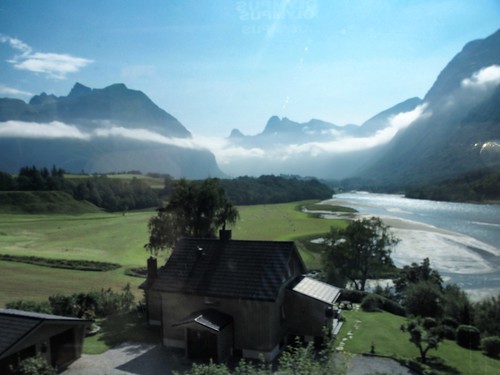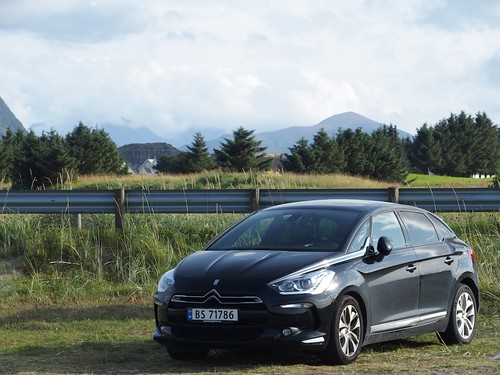
Today it's time to mention the French car we used whilst driving around Norway. I'm not much good at Top Gear reviews, so it won't be so much about performance and cornering, more about living with the car.
It was an almost new black car designed using "château-fort" principles, which meant it had to look aggressive and have slits instead of windows. It actually achieved that quite well, with a kind of non-visibility from much of the front area and a special bar across the rear window which blocked out other cars in the rear-view when on motorways unless they were very close.

I tried the various up and down facilities of the seat, but this didn't really help and if anything managed to block out more of the nearside vision because of the quite low and bulky front mirror assembly. At one point I managed to hide a whole ship out of view on the passenger side.

To keep up the 'repel all boarders' impression, the car also had a special button in the roof which then very slowly raised a screen in front of the driver's eye-line. This displayed a copy of the speed. I think it was supposed to be a head-up display, but with the other two speedometers immediately below it, the impression of a sightly greyed out view of part of the road didn't seem all that worthwhile.
The clever concealment of the 'lower-it-again' switch meant it took quite a while to find out how to disable it, because like many of the controls it was not quite so obvious how it worked. There may have been an operating manual in the glove box, but the control to open the glove box didn't work, so it was either locked or jammed. In château-fort terms I guess it was 'secure'.
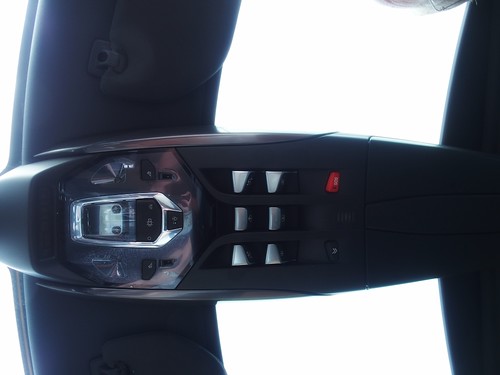
A similar experience happened with the white noise generator, which randomly switched on during some journeys. It was a de-tuned radio but the volume control wasn't very clearly labelled and also took a while to find.
As an automatic, this car had other interesting features. Firstly, it didn't 'hold' when pulling away. A slight reverse gradient would become a drama unless the electronic parking brake was deployed. Its set of programmed sequences meant it would send impressive instructions to the dashboard about its use. Not always ideal when close parking on a gradient.
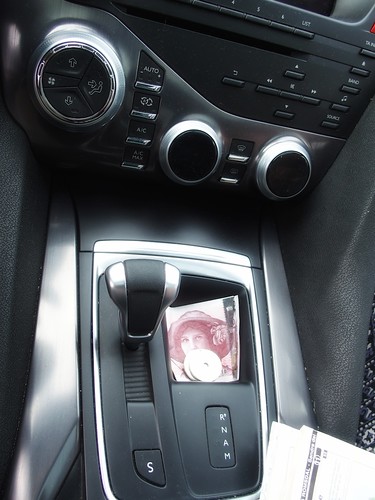
Another feature of the automatic was the special form of cruise control. Most cars I use with cruise control will allow a speed to be set and then maintain it. This car let the cruise speed drift by maybe 20kph upwards whilst flashing a warning message. A kind of 'pas' moment. J’veux pas travailler. I tried the fancy paddle override on the gearing to see if that would help the speed stay down. 'Pas. If I steadied the speed manually, the gearbox would then decide it was time to upshift again and essentially override my action.
Let's spend a moment with the sat-nav. It knew where Norway was and could give instructions in English. When I say it knew about Norway, I mean in a general sense. Oslo. Okay. Bergen? Okay. The well-travelled Peer Gynt Way? 'Chai pas. The airport at Ålesund? Make it fifth after a few other transport essentials like the Post Office.
Or.
It would just stop completely and turn itself off. Blank screen. I didn't ever find out how to switch it back on. I'd just return to the car from time to time and find it working again. A kind of temps de travail, perhaps? Oh, and the map rotated whilst driving, to always point forward. I prefer north upwards, so I can get a sense of my bearings. Could I lock north to the top? 'chpa. The option was showing, but was greyed out on the menu.
And I shouldn't forget the special key to start the car. One of those ones where you have a special button to make the car start instead of a key twist. Except once you've pressed Stop, everything stops and won't restart unless you start the engine again. On a ferry? Want to pay the conductor? Can't open the windows. Decision...start the car and alarm the man (we are at sea already) or just open the door? Next time, open the window before stopping the engine. Pay the man. Now I can't leave the car to get a coffee. The window is open.
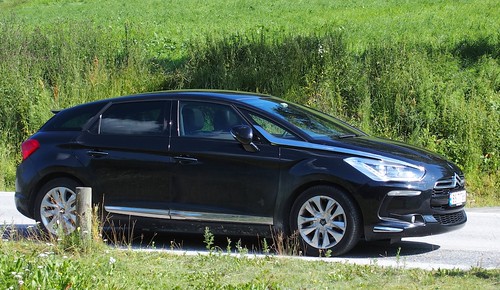
Additionally, the key would go wrong sometimes. I'd park the car. Get out. Try to lock it. Pah. Paaaaah. It would go all sultry. I'd have to get back in. Put the key into the ignition slot. Press the start button. Press the start button again. Remove the key. Get out and try again. I guess this is part of the château-fort facilities. Make absolutely sure that the drawbridge is up.
See. I said I couldn't do a Top Gear style review. They'd focus on the 'S' button and the engine horses or wheel sizes.
I never did check whether it had a spare.
